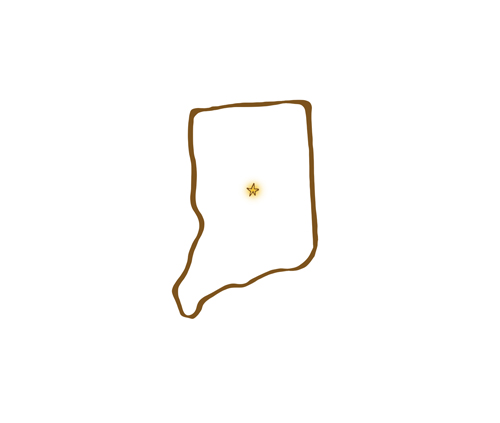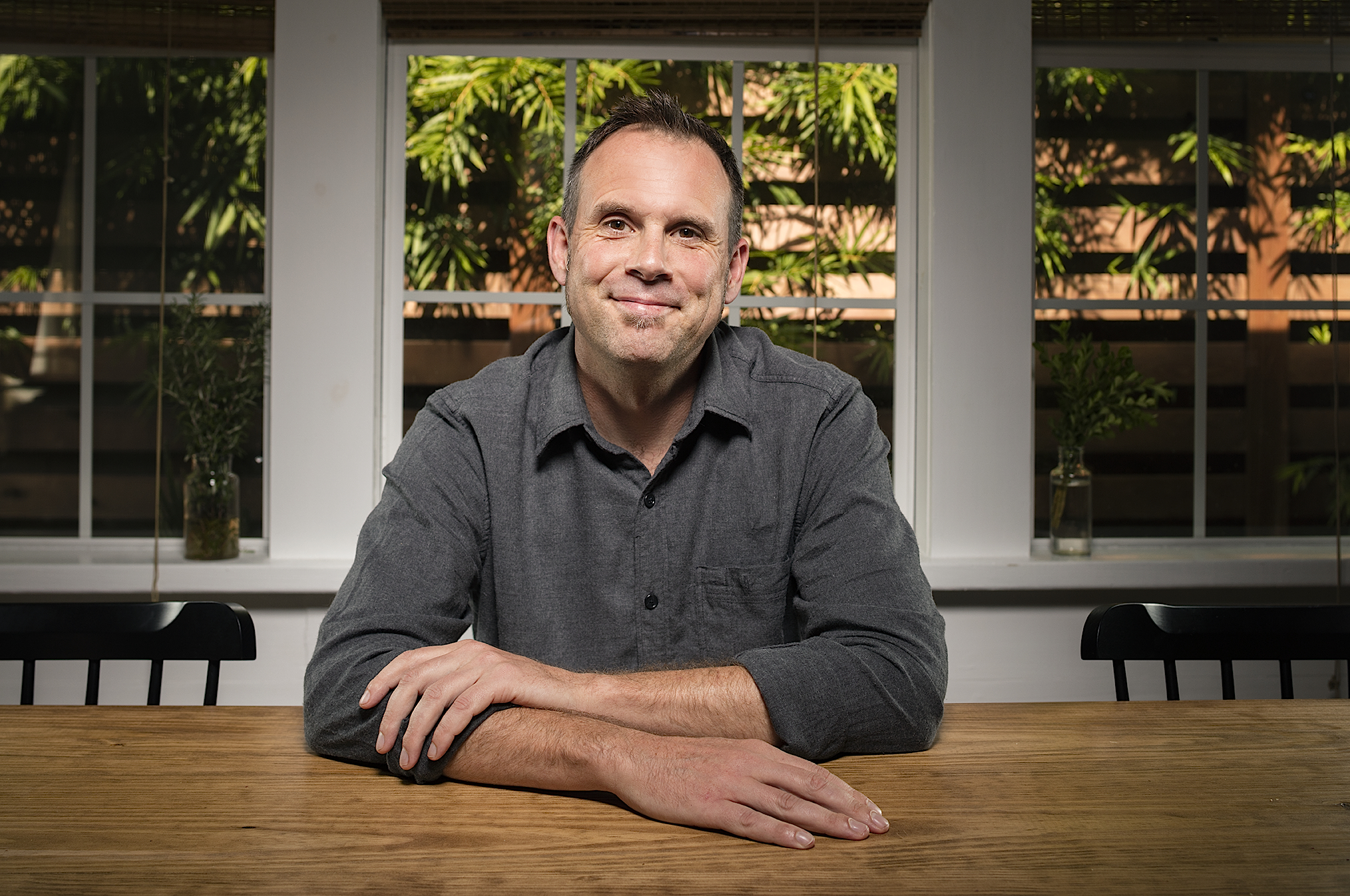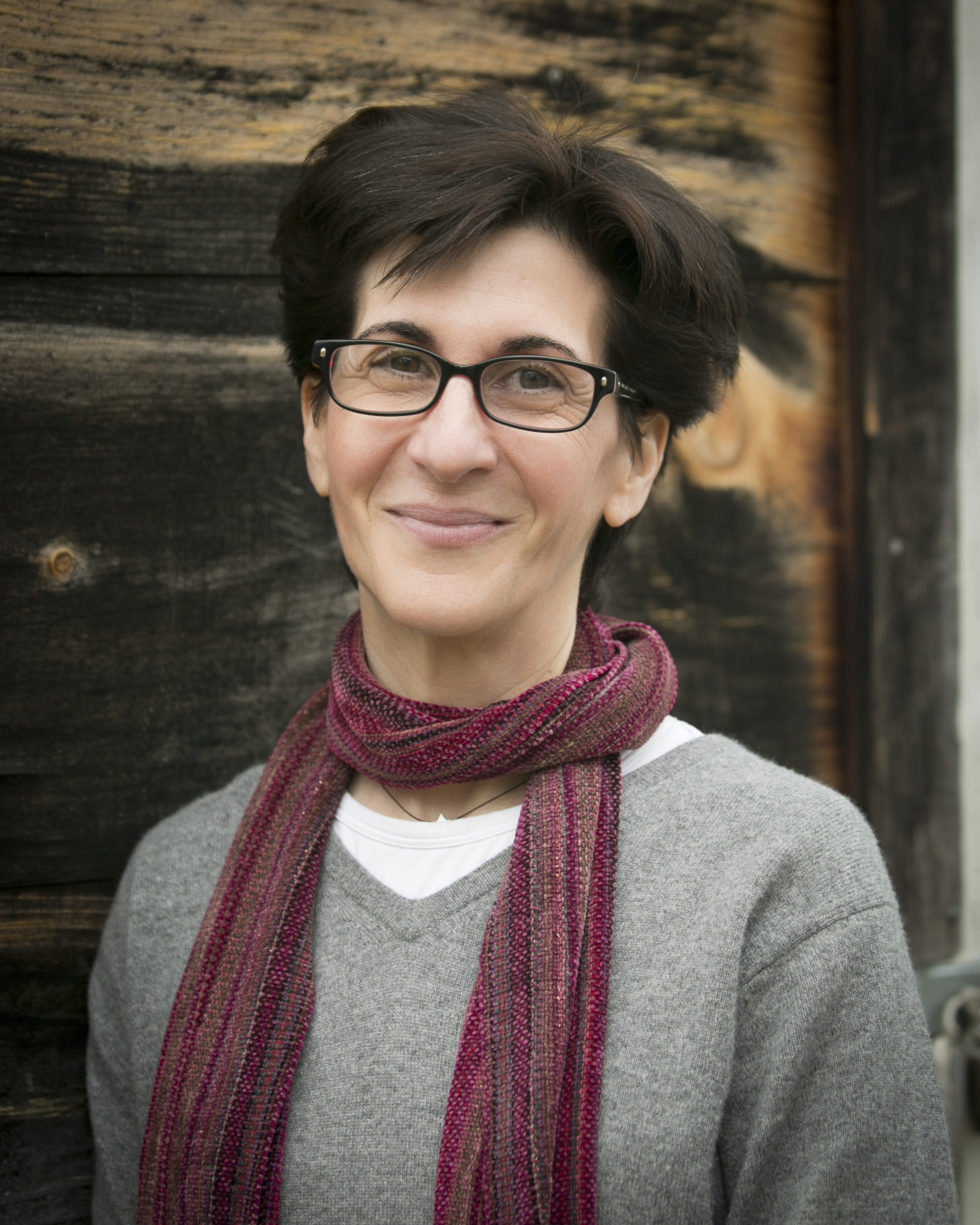FIFTY Study Page: Indiana “Geodes and Gnomes”
FIFTY: Indiana — “Geodes and Gnomes” *Each story in the FIFTY collection focuses on a remarkable American from a different state. Below are some recommended topics to inspire further investigation of the history and geography of the state, as well as themes that can support our children’s growth and development.
Miriam loves her rock collection like other children might love their pet mouse or stuffed animals. She talks to them and takes good care of them and — remarkably — they talk back to her … or at least the rock fairies do. Their friendship comes in handy when Miriam’s Uncle Jack, a geologist for Indiana University, is asked to study an area in central Indiana where a road is being planned. He brings Miriam along and lucky for him, she is able to let him know some very important geological information about a nearby mountain.
Indiana History
- A Geologic history of Indiana over 350 Million years
Indiana Geography
- Map of the changes in North America over 350 Million years to the present
- Map of Route 37 in central Indiana
Geodes and Gnomes Study Topics
- Study of different kinds of rocks and how they are formed, especially limestone and geodes
Topics for Reflection
From a Child Development Perspective:
Our story this week teaches us about the exquisite geography of Indiana and about the noble, quiet work of a geologist professor teaching at Indiana University. It places a greater emphasis on a child’s relationship with her precious rock collection than it places on people at various points in the unfolding of history.
We learn from the character in our story, Miriam Greeley, how much her rock collection means to her. We learn about Miriam’s relationship to her rock collection, how much it taught her about science and history, and about how it trained to have a capacity for deep, quiet listening. Our Schoolhouse notes for this story lend a shine not only to precious stones, but also to the value of collections for children.
In this story, your child might learn that:
We learn by collecting. Children can gain knowledge as they learn more about their collectibles.
Children learn to be good stewards and they learn how to take care of their possessions when they collect what they love.
Children can learn organizational skills by cataloging their collectibles.
Children learn to respect other people’s property when they understand that items can have emotional and not just material value.
Depending on what they are collecting, children can learn lessons about budgeting and managing valuables.
Children can make connections with other people who share their same interests.
It’s fun to grow a collection!
It’s gratifying to admire a collection!
Children can explore their own identities when they get to know themselves through what inspires them.
Children can find camaraderie and comfort in their relationship to the items in their collection.
Parents and children can spend valuable time together helping a child find things to add to his or her collection.
Starting a collection young and life can lead to an interest in lifelong learning.
A child’s relationship to his or her collection can support and sustain a child through times of personal challenge.
Here are a few examples of how our collections in childhood inspired and helped the Sparkle Team when we were younger:
Meredith: When I was a little girl, my parents were going through a very challenging divorce. I collected beanbag frogs. I treasured them. They were made out of all different fabrics, all different colors and textures, and they were all different sizes. I created a frog kingdom, each frog having a specific role to play in its community. In that world everything went just as it needed to. It was a place where I felt safe and secure, and I looked forward to coming “home” to it every day.
David: I collected baseball cards (still have them). I focused on the 1978 season and know every card by heart. They are dear to me and I feel about them the way Miriam feels about her rock gnomes. Plus — the mustaches are crazy.
Cortney: When I was little I collected stickers in sticker books. The kids on my street varied greatly in age so I didn’t have many friends within 2-3 years of my own age. But interest in stickers spanned the age range and also seemed to bridge the gender gap, so boys and girls from 5 – 10 all participated in sticker-collecting and swapping and we would sit and share, and trade, and make sticker books together.
Lisabeth: I collected stuffed animals. They lived in the storage under my window seat, and I had them all sorted by type. The horses were tucked with the horses, the dogs with the dogs, bunnies with bunnies. The unicorn had her own spot — next to the horses. I even kept a little log of their names (sorted by type of animal of course) and would regularly check to make sure they were accounted for. I found it very soothing and satisfying.
For further information on the value of collecting for children:
About the authors
-

David Sewell McCann
Story SpinnerDavid Sewell McCann fell in love with spinning stories in first grade – the day a storyteller came to his class and captured his mind and imagination. He has been engaged in storytelling all of his adult life through painting, film-making, teaching and performing. Out of his experience as a Waldorf elementary class teacher and parent, he has developed a four step method of intuitive storytelling, which he now shares through workshops and through this website.
-

Meredith Markow
Sparkle Schoolhouse Head of SchoolMeredith has been working with adults and children of all ages for the past 25 years as a Waldorf Teacher and Educational Consultant. She received a B.A. with a focus on child development and child psychology from the University of Michigan, in 1984, an M.A. Ed from Washington University in 1987, and her Waldorf Teaching Certificate from the Lehrerausbildung (Teacher Training) in Nurnberg, Germany in 1989. She was certified as a Living Inquiries Facilitator in 2014, and she completed her formal teaching certification with The Enneagram Institute in 2014. Her work in the classroom and with individuals and groups is designed to help people of all ages to drop self-limiting beliefs to live a more joyful and compassionate life.



